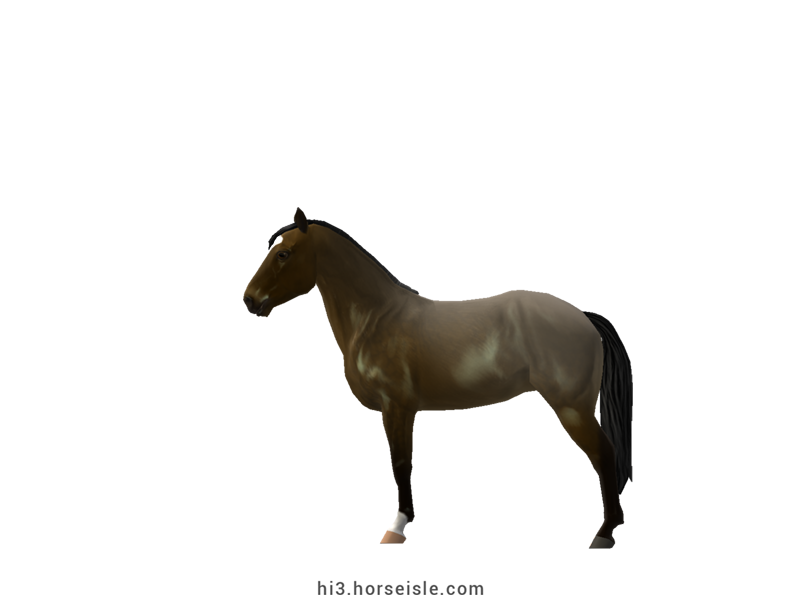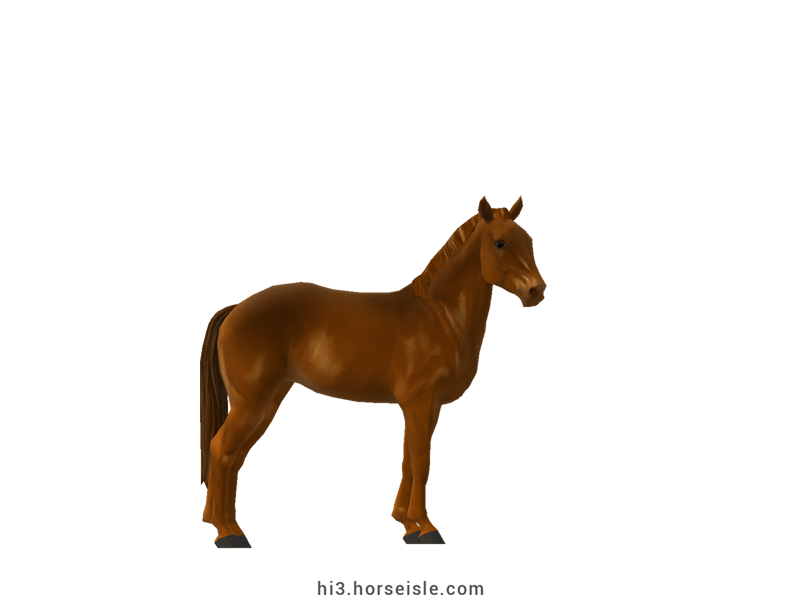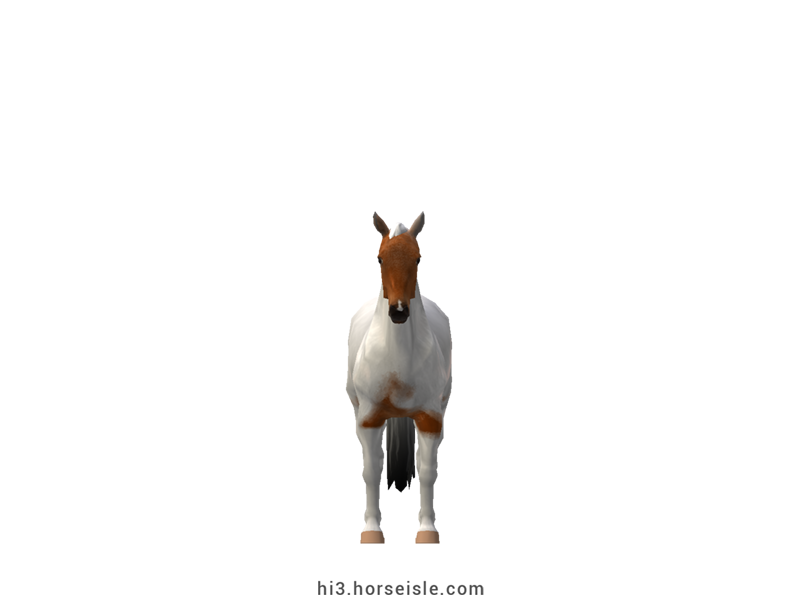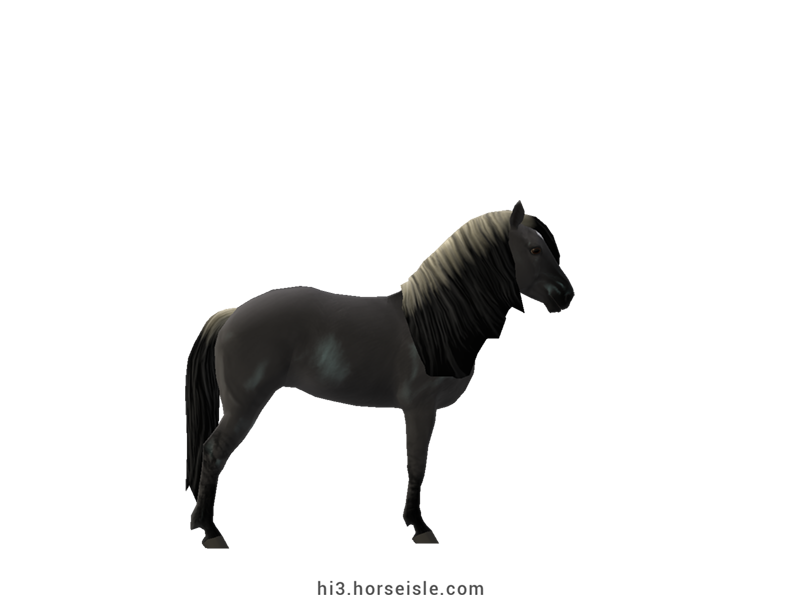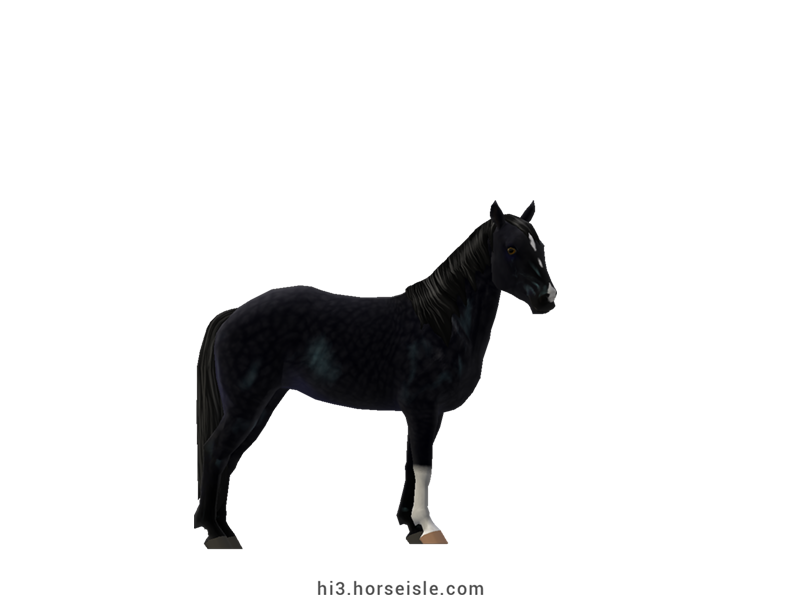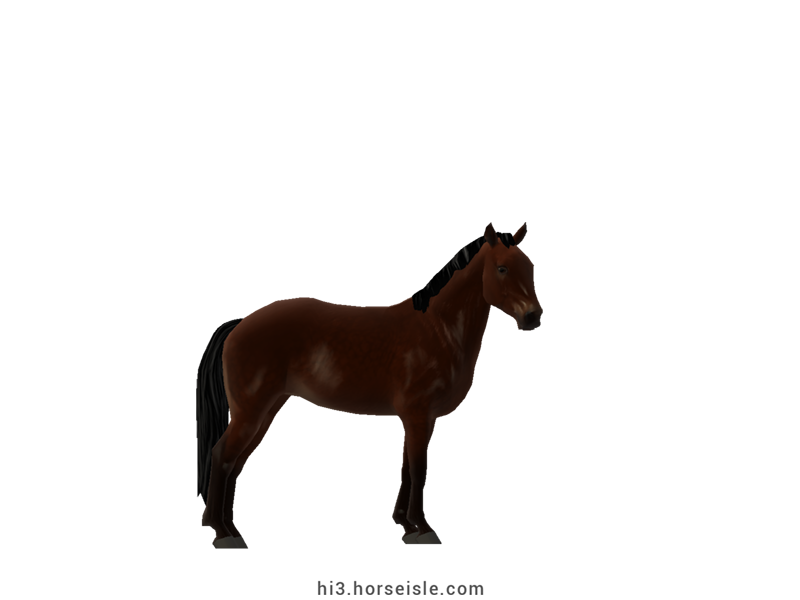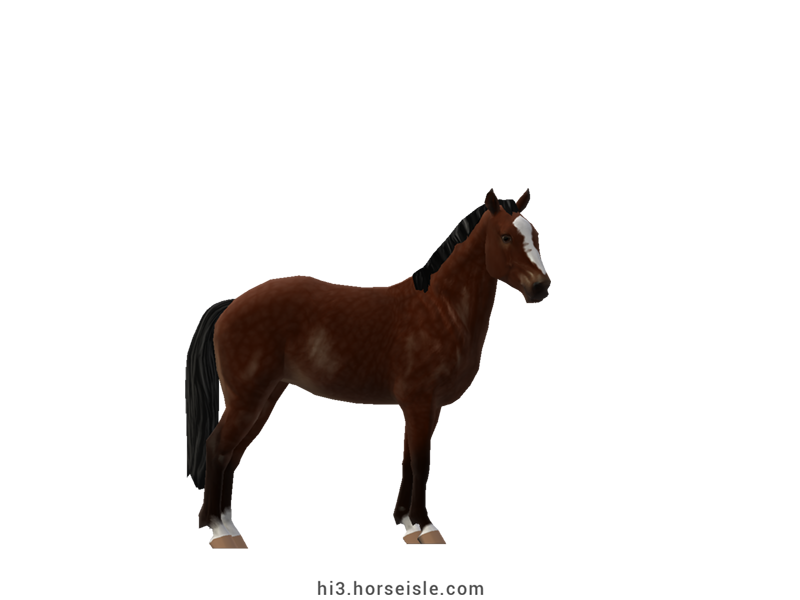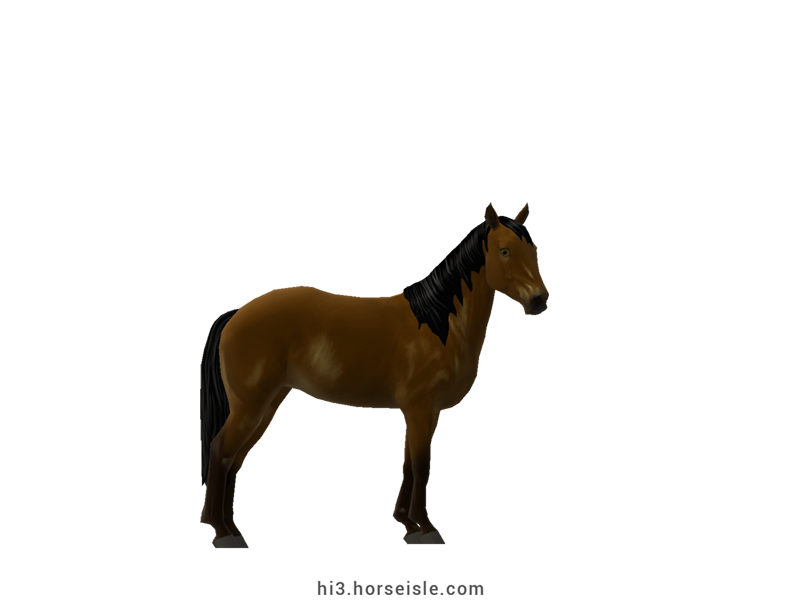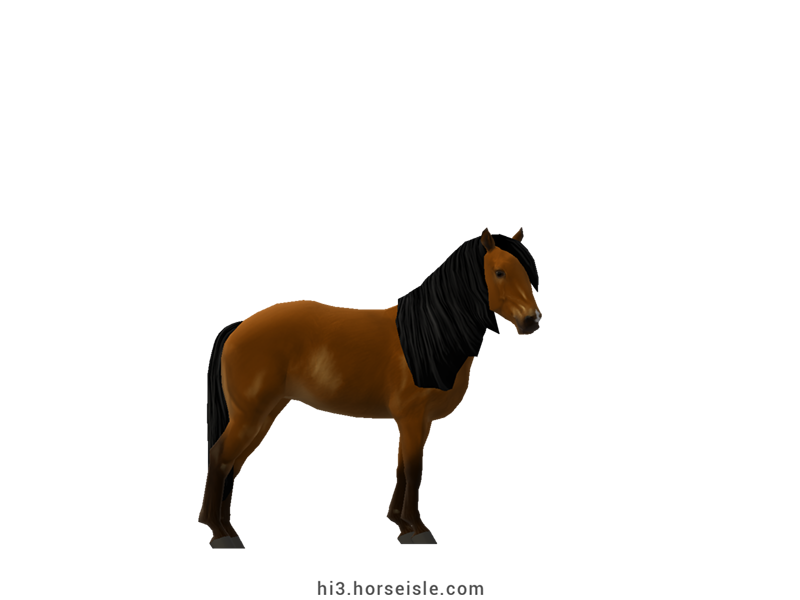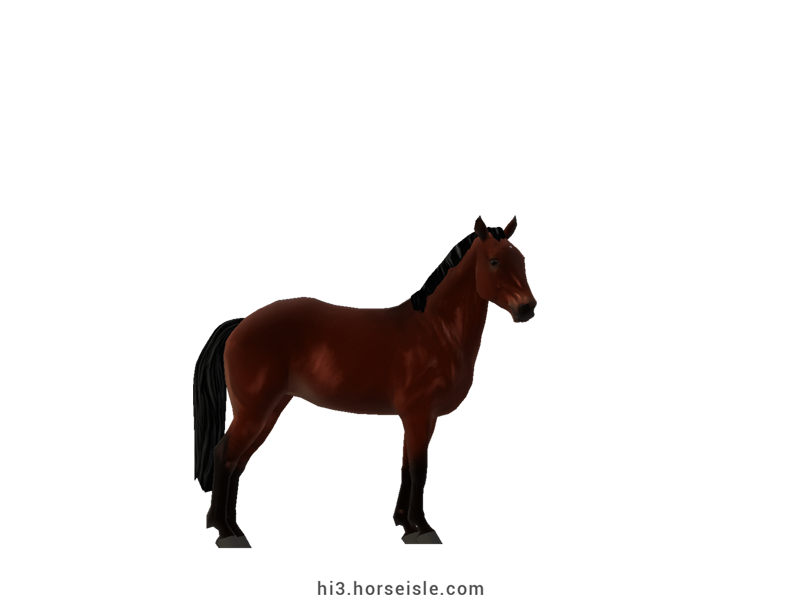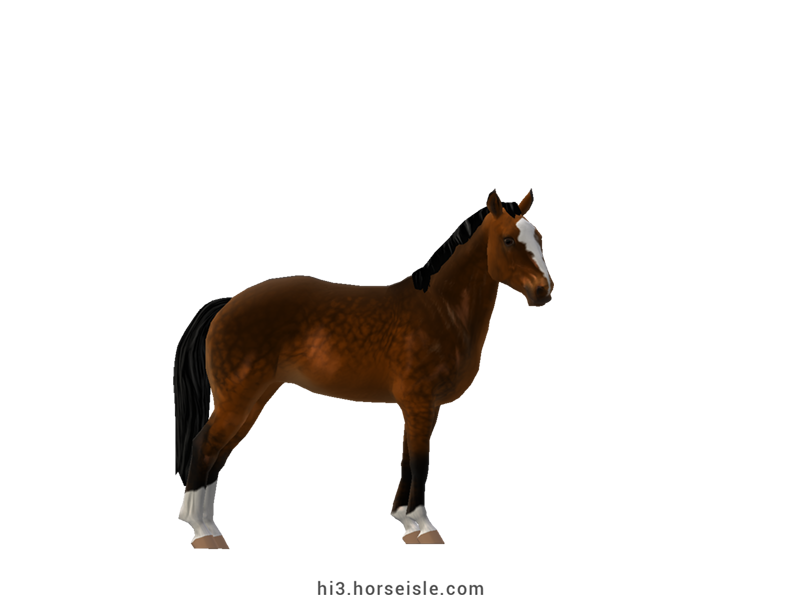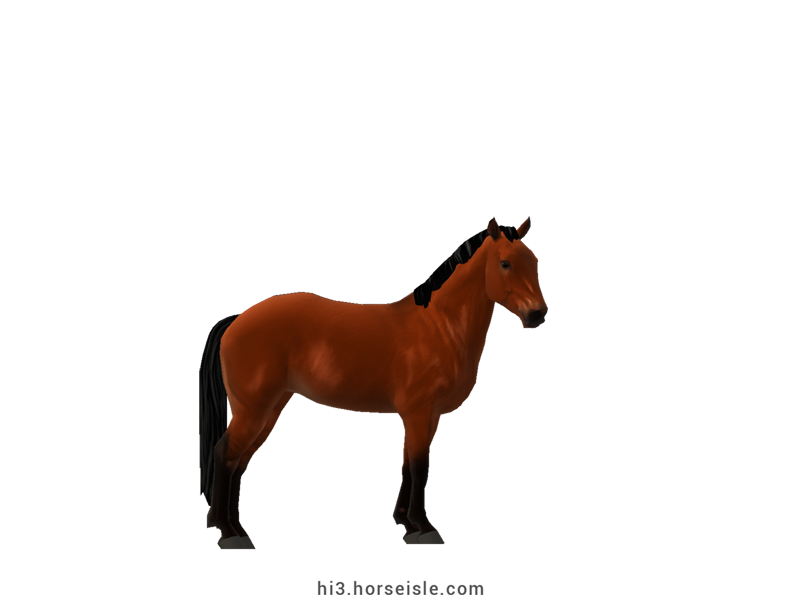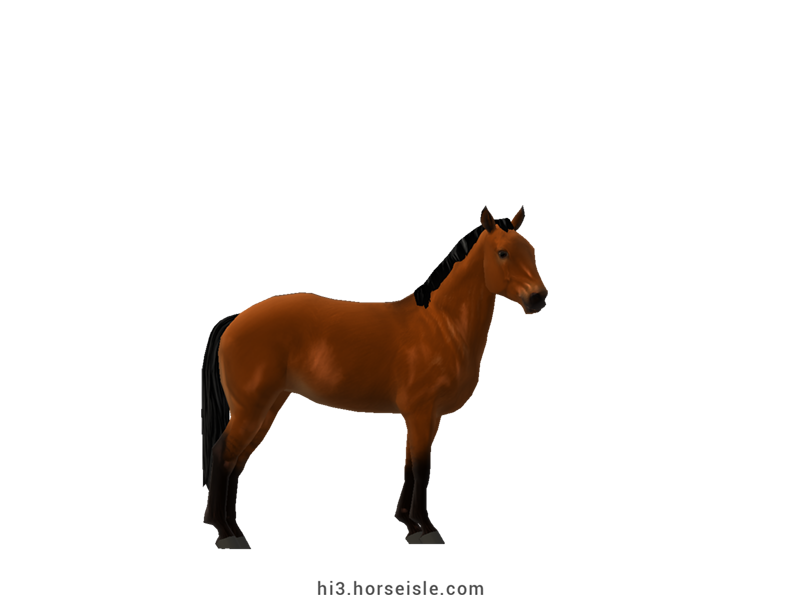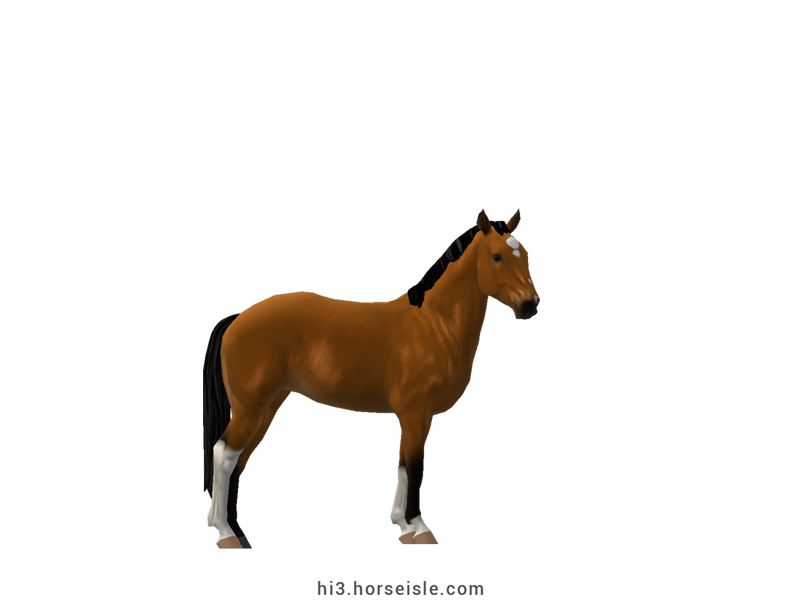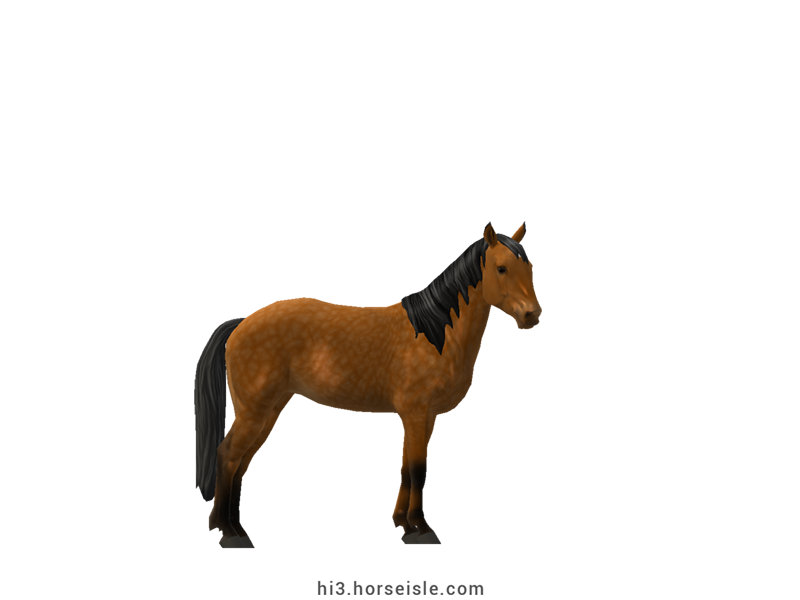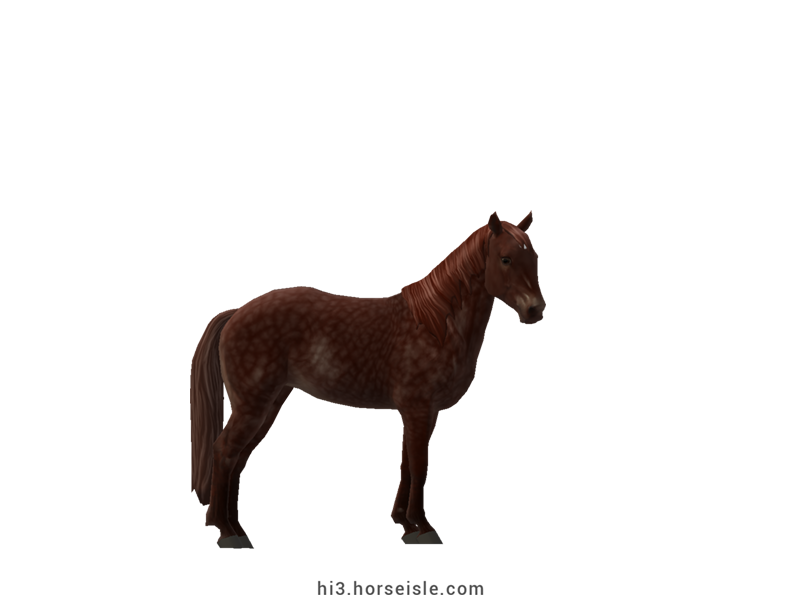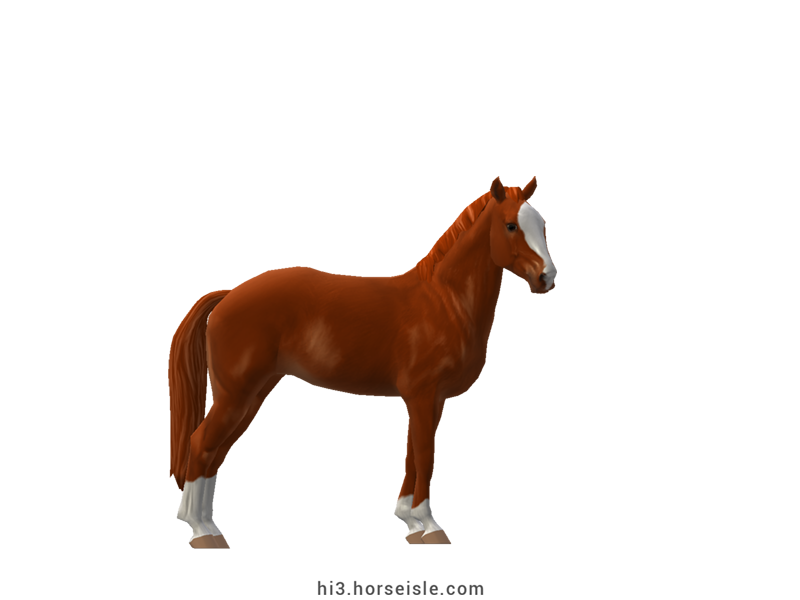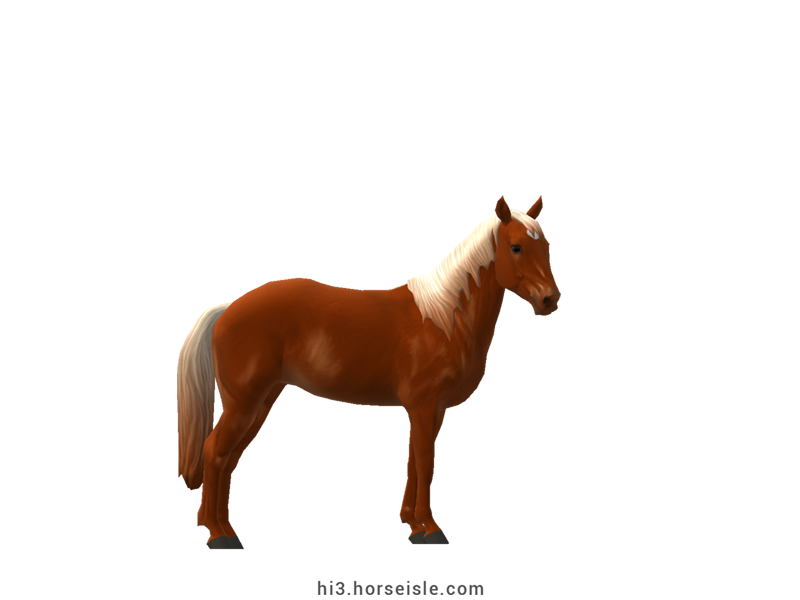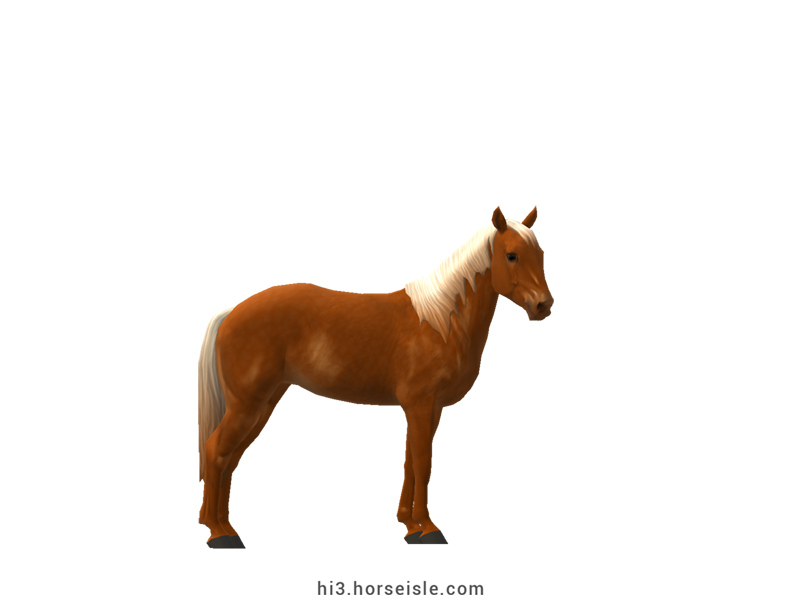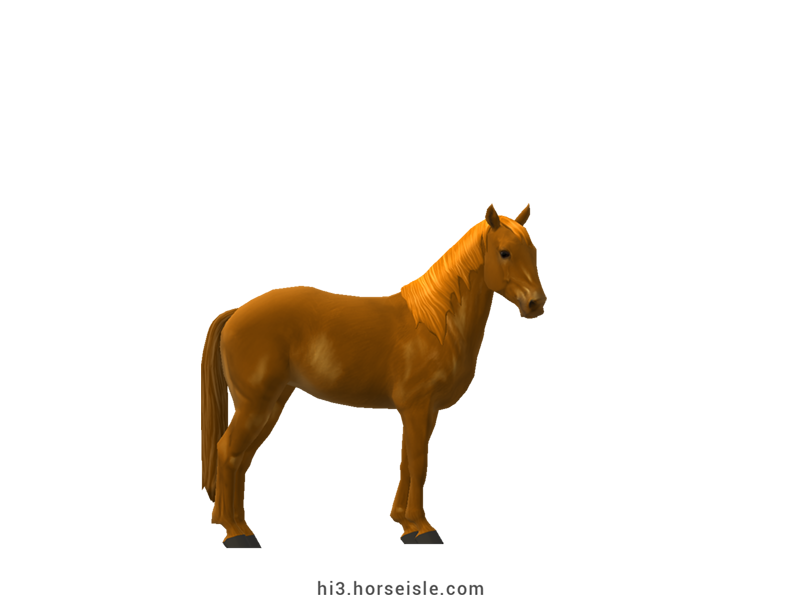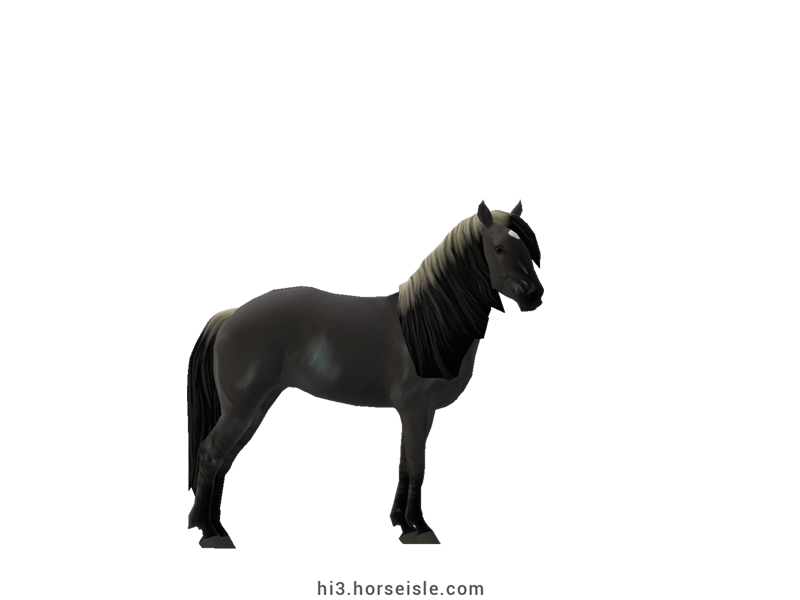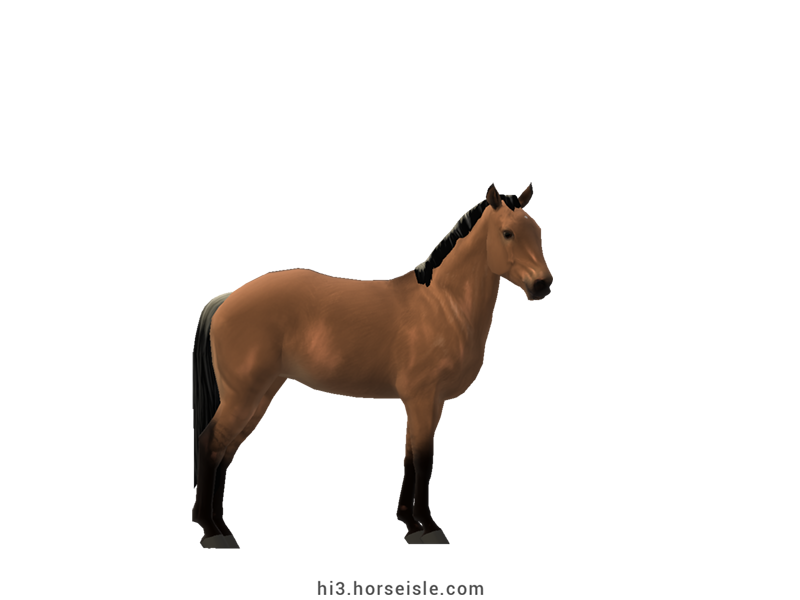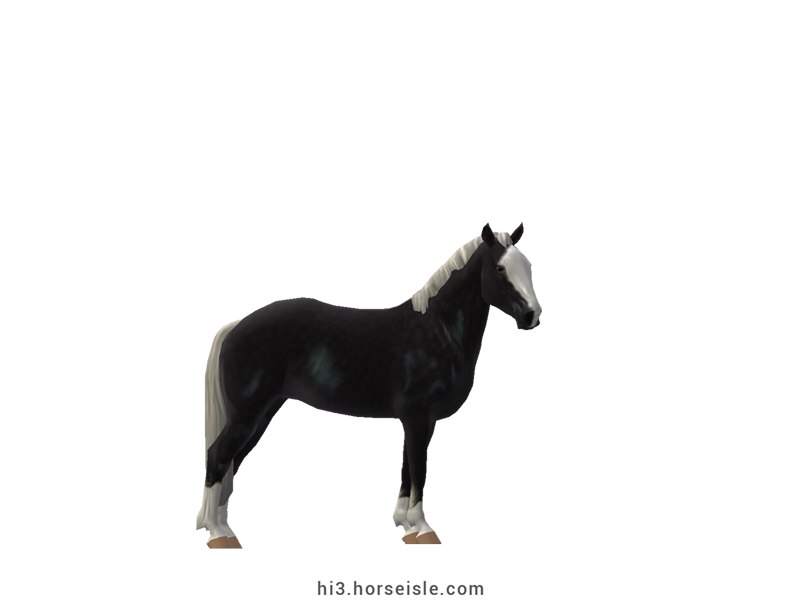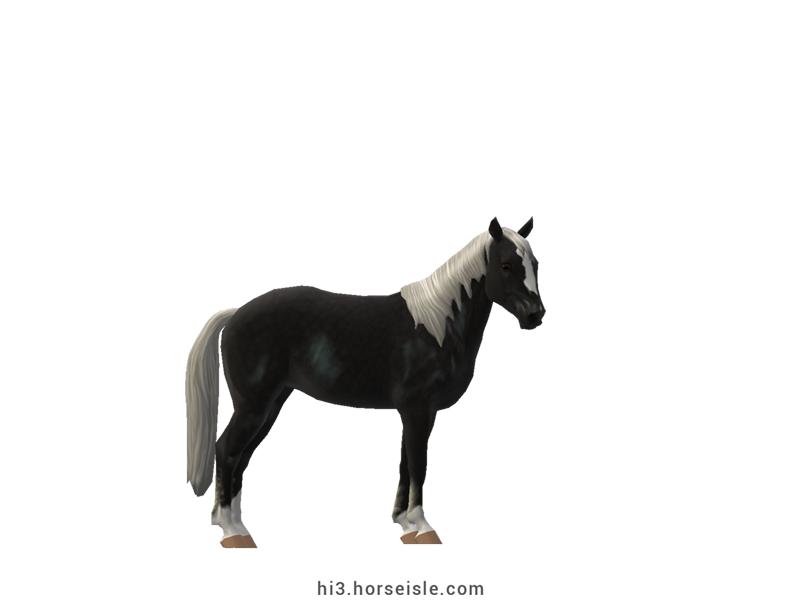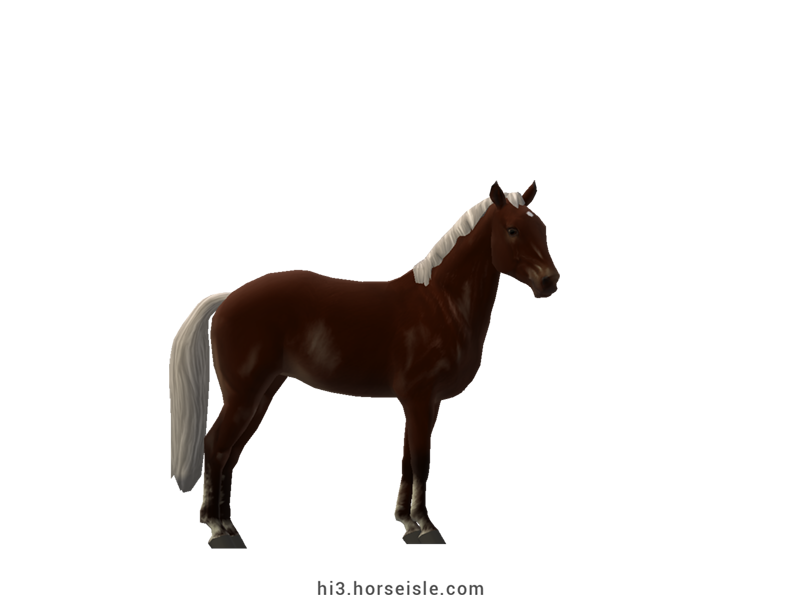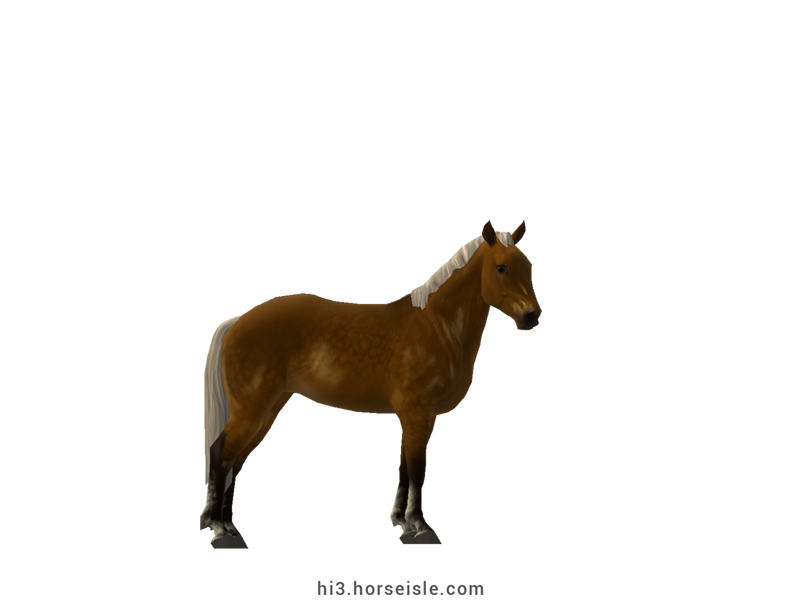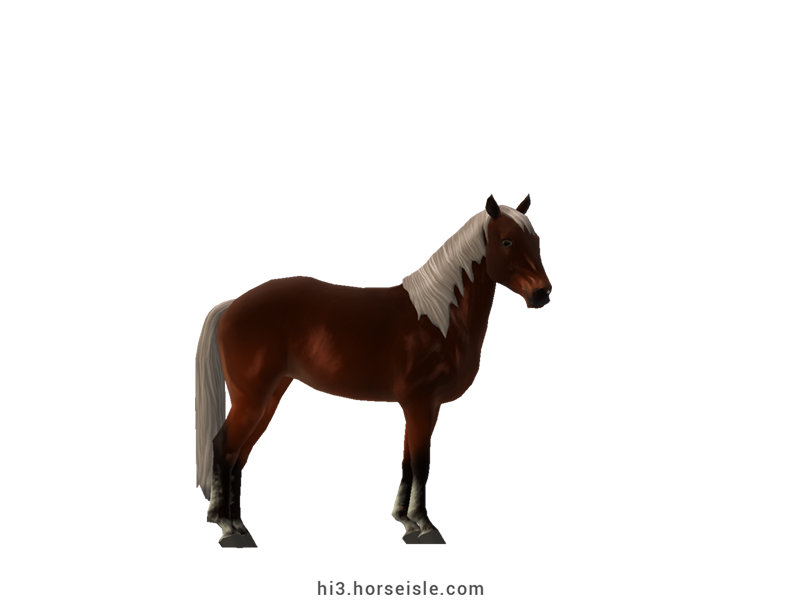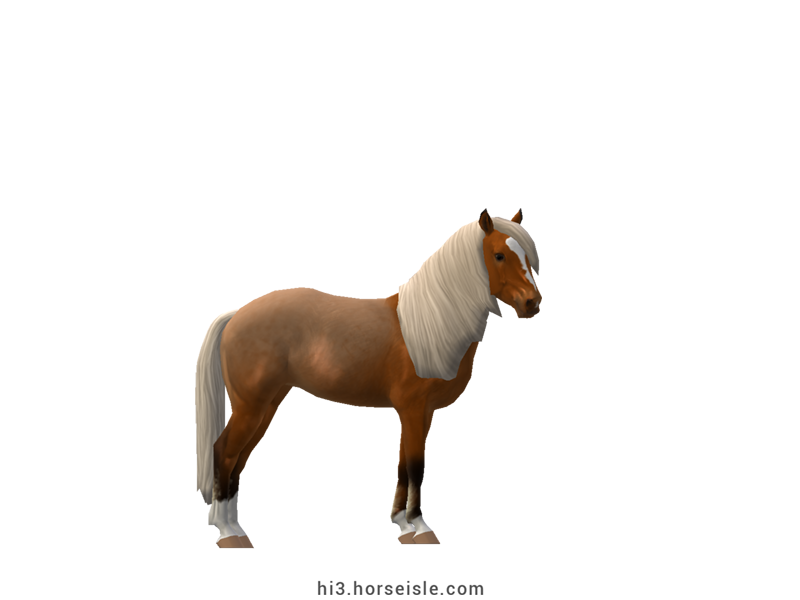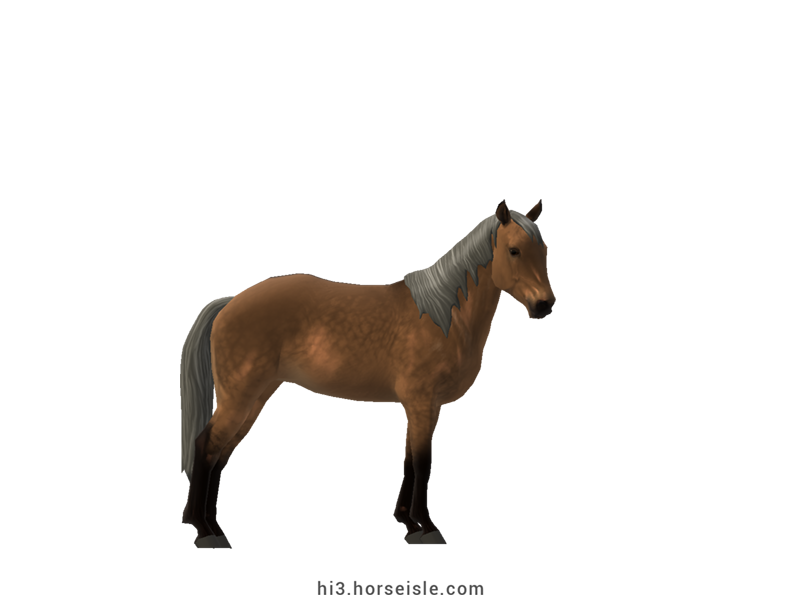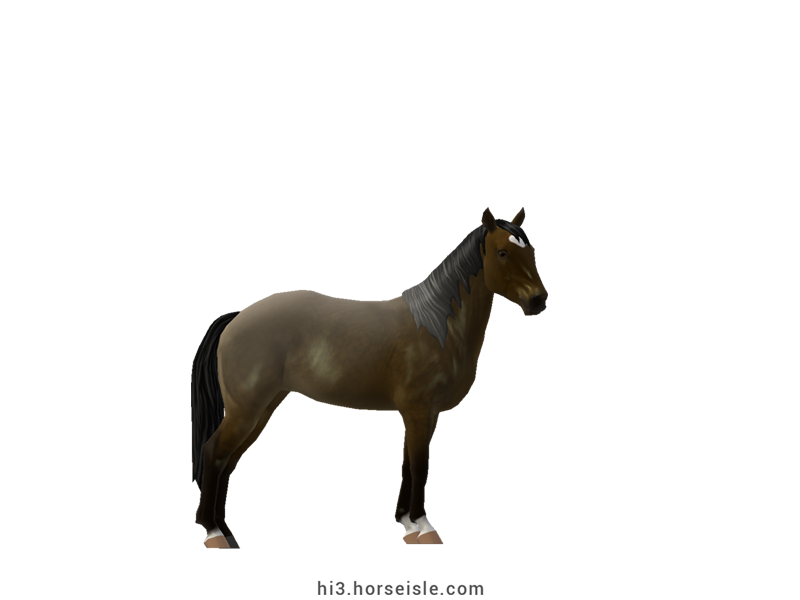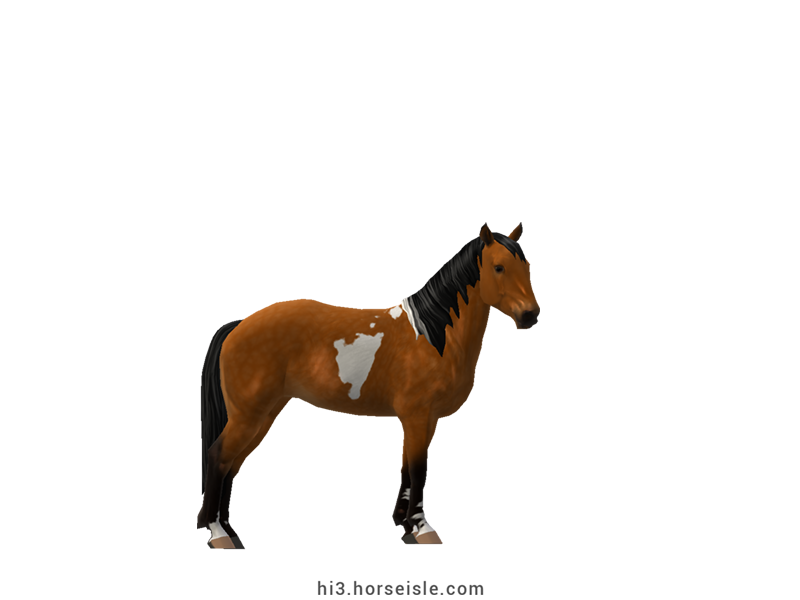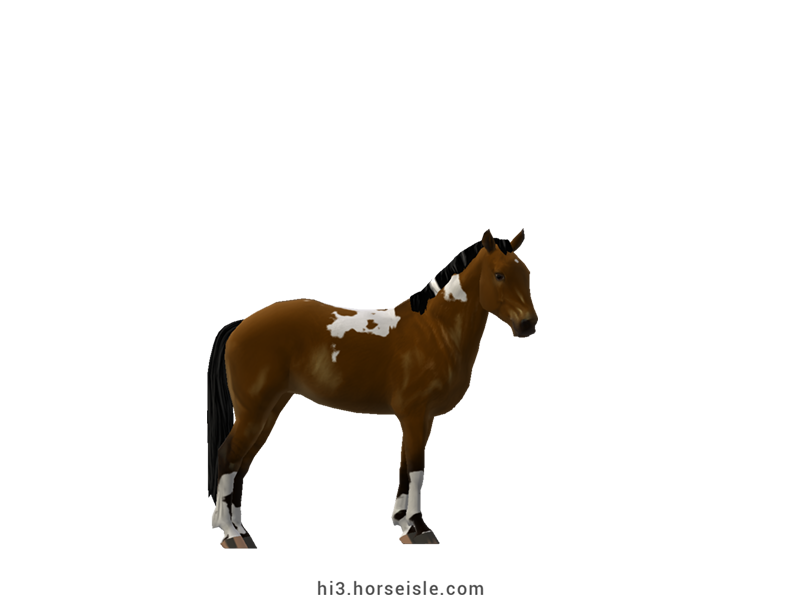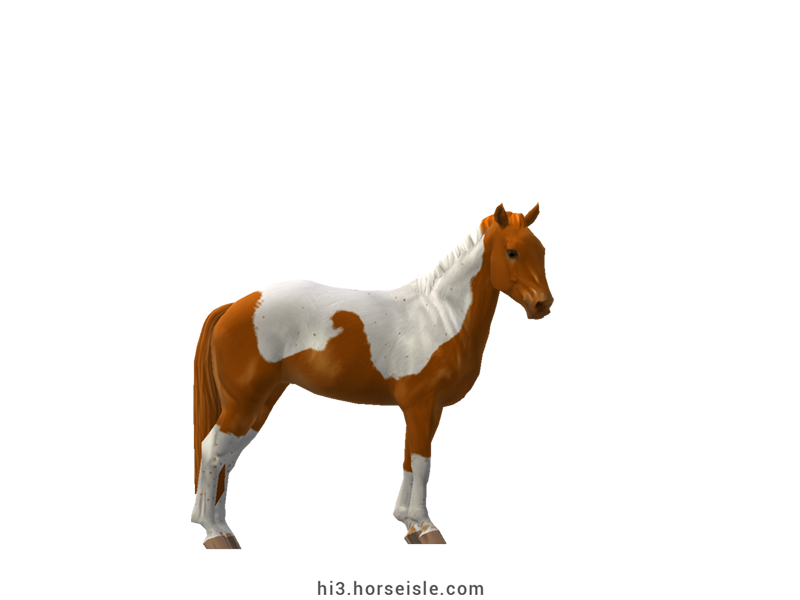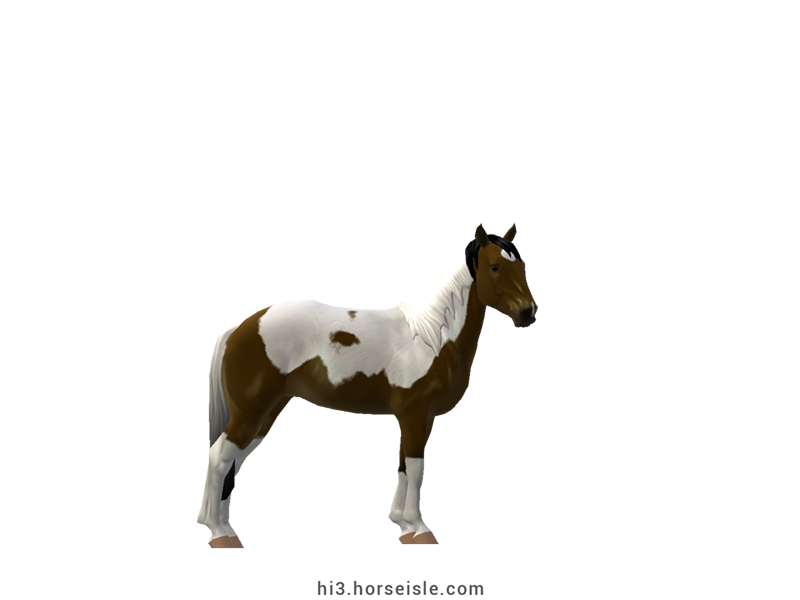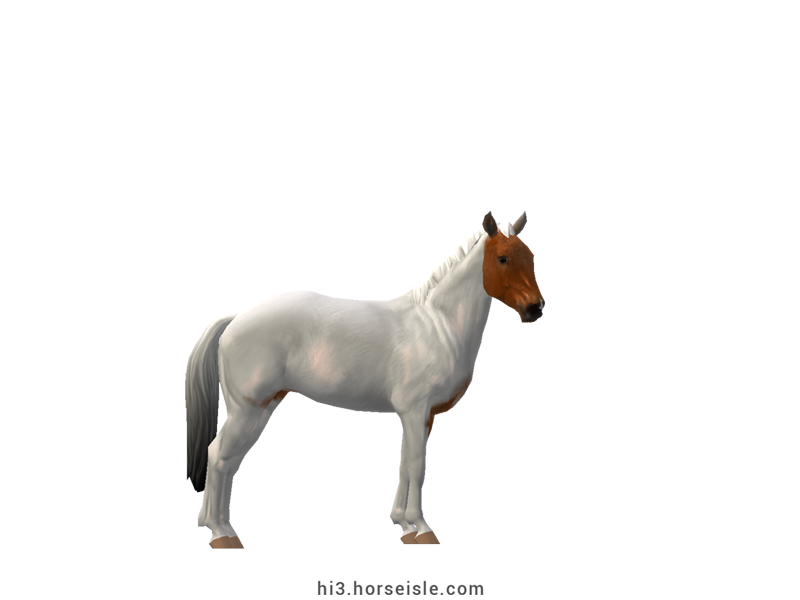Our Massive Real World Equine Reference!
[ INDEX ] Equine Type: Horse Breed: Lehmkuhlener [ PREV ] [ NEXT ]
It all started with a herd of pasture ponies:
Imagine waking up every morning to the pastoral view of ponies roaming in pastures, or, if you love the outdoors, then taking a daily walk in said scenery. If you love the idea, then you're on par with the nobles in early 20th-century Germany, who were fans of having herds of ponies grazing on their pastureland.
One such noble was Baroness Agnes von Donner of the Lehmkuhlen Estate in the state of Schleswig-Holstein. During the 1910s, she bought feral mares from the Duke of Croy (a fellow noble who kept Dulmen ponies on his estate) as well as ponies from England. Some of those ponies were Welsh, but one of them was a black Dartmoor (or Fell) Pony stallion named Marquise Ito.
A pony fit for the nobles:
Agnes knew that there can be more to the ponies than mere pasture pets, a belief which she put into practice by breeding the Dulmen mares to Marquise Ito in order to create good riding ponies for her children.
Her successful breeding project soon gained the admiration of fellow nobles, and Agnes happily gifted them some of the ponies. What started as a small hobby quickly grew into a full breeding program consisting of several dozens of ponies, all managed by Agnes who meticulously recorded in writing all the pedigrees of the ponies.
Leaving Lehmkuhlen but staying in Germany:
In 1953, the von Donners had to sell their estate along with their herd of ponies whose members got sold to various private breeders. It was thanks to a handful of those breeders that the Lehmkuhlen Pony wasn't succumbed to crossbreeding.
Over the following years, they located and bought ponies that belonged to the original herd, and added them to the preservation program. In order to save their little herd from excessive inbreeding, they introduced to it fresh Dulmen and Welsh blood -- two of the breeds used by Agnes when she create the Lehmkuhlen Pony -- in a manner that didn't deviate their Lehmkuhlener ponies from their original standard.
The GEH steps in:
The breeders ran into financial difficulties in preserving the Lehmkuhlener, but luckily one of the breeders -- Agnes's grandson Gotz von Donner -- happened to know Matthias Vogt of the GEH (the German society for the conservation of old and endangered German breeds) and asked for advice.
The GEH immediately took interest in the Lehmkuhlener breed and agreed to help with the conservation of this rare German breed, both in terms of locating any remaining Lehmkuhlener ponies, registering all members of the breed, and promoting the ponies in Germany.
The Lehmkuhlener today:
Today, the breeding of the Lehmkuhlener is managed by the Group for the Preservation of the Lehmkuhlener Pony within the GEH. There are between 20 to 30 ponies in existence, making the Lehmkuhlener one of the rarest breeds in the world.
Although not originally a sport pony, the Lehmkuhlener is bred to be an athletic pony that has a decent jumping ability.
Breeding:
Broadly speaking, Lehmkuhleners are allowed to be crossed with several other pony breeds. However, one parent must be a Lehmkuhlener as their offspring should have more than 75% Lehmkuhlener blood. In addition, when possible, the preferred breeding method is pure breeding.
Therefore, in Horse Isle, Lehmkuhleners have a closed book, meaning that crossing a Lehmkuhlener with a non-Lehmkuhlener will result in a non-pure foal.
Conformation:
Although Lehmkuhlener ponies are described as 'compact' they still have lightness about their conformation.
The head is light, with a straight profile and small ears. The neck connects low to the withers but is naturally held high. The withers are low, the back is short, and the croup is sloping. The chest is large, the body is broad, and the legs are slender.
The mane and tail can grow long and thick, although most Lehmkuhleners have a mane of medium length. The legs usually have light feathering.
Performance metrics:
The following are the: range, average, (SD), and MOE of performance metrics of ordered Lehmkuhleners in Horse Isle (not bred ones). In rare cases,
Speed: 13.3-14.7, 14.1 (0.3), 0.06.
Sprint: 31-44, 37 (3), 0.55.
Accel: 0.76-0.96, 0.85 (0.04), 0.01.
Decel: 0.84-1.00, 0.92 (0.03), 0.01.
Jump: 4.86-5.17, 5.01 (0.06), 0.01.
Pull: 1.94-2.78, 2.41 (0.19), 0.04.
Turning: 40.66-52.89, 46.48 (2.63), 0.52.
Reverse: 2.0-2.6, 2.3 (0.1), 0.03.
Stamina: 47.57-53.10, 50.53 (1.15), 0.22.
Reaction: 0.75-0.83, 0.79 (0.02), 0.00.
Coats & Height:
Colors: usually bay, black, or brown, but more rarely chestnut, dun, or silver-dapple.
Additionals: flaxen, linebacked, rabicano, roan, sooty, grey mane & tail. The coat is usually solid, but can also be tobiano.
Height: 12.1hh to 14.2hh.
[ INDEX ] [ PREV ] [ NEXT ]

